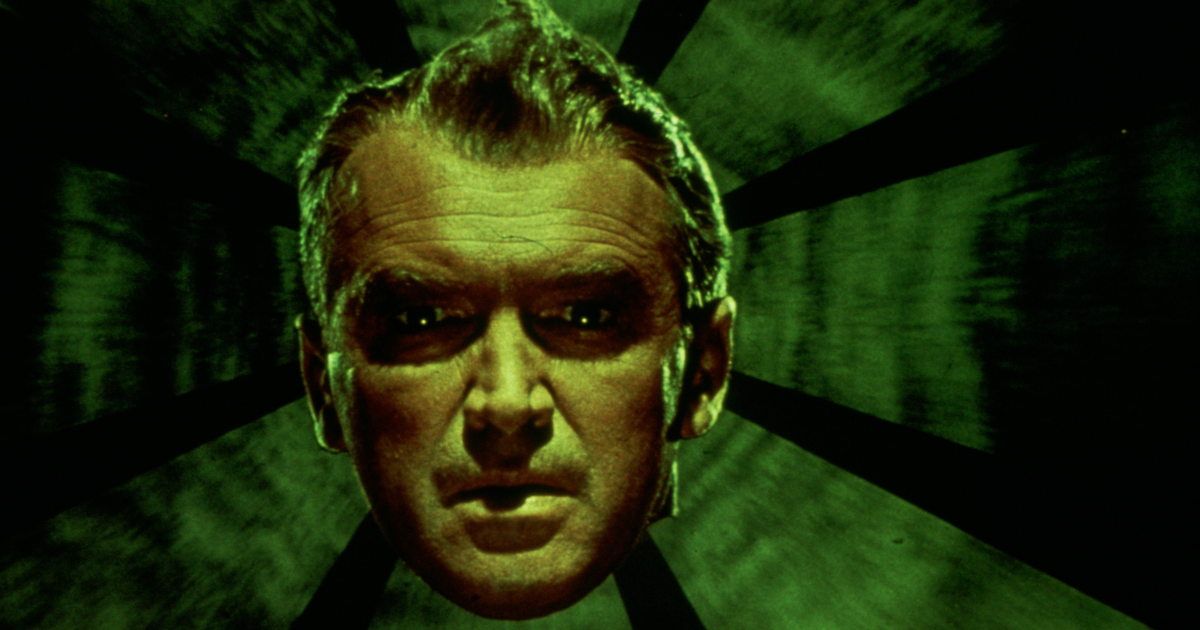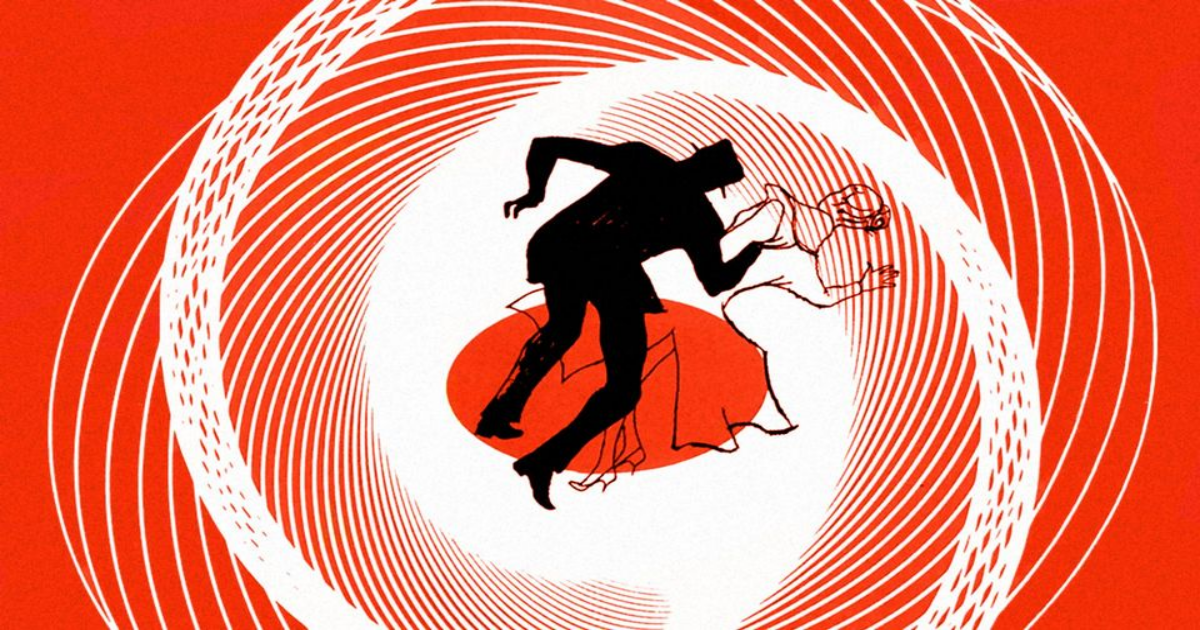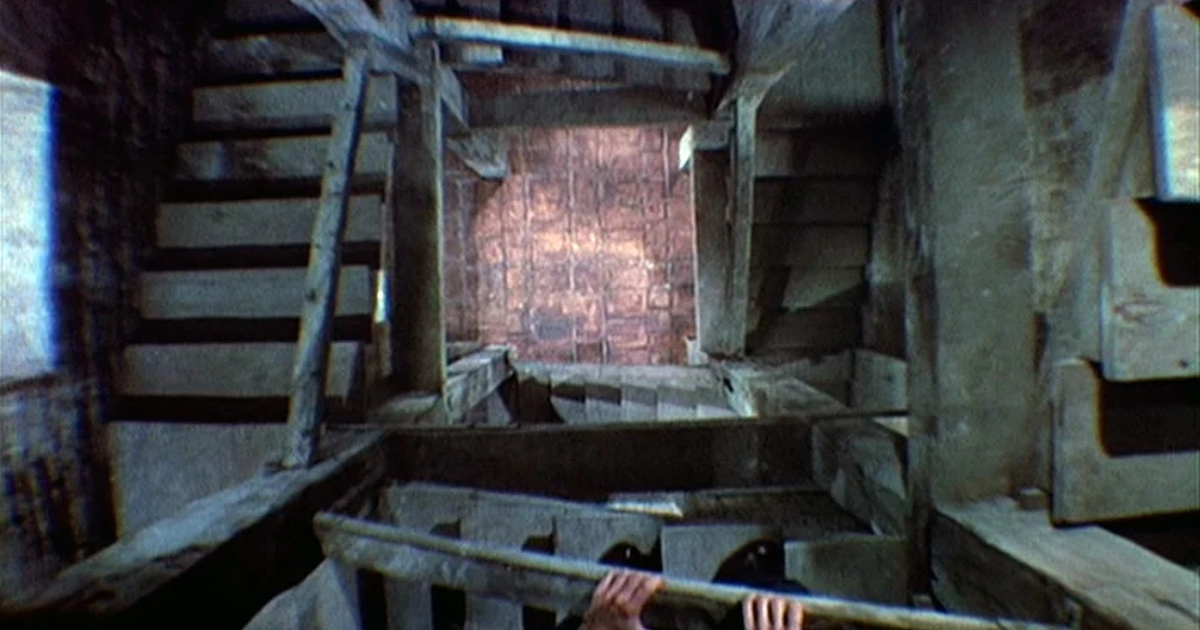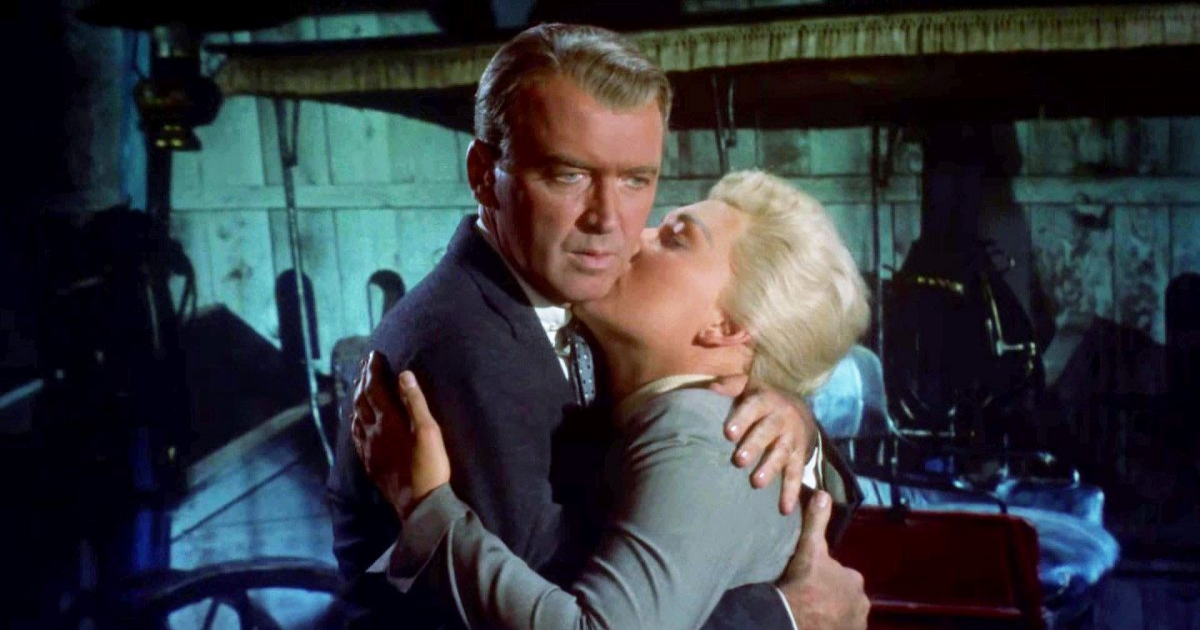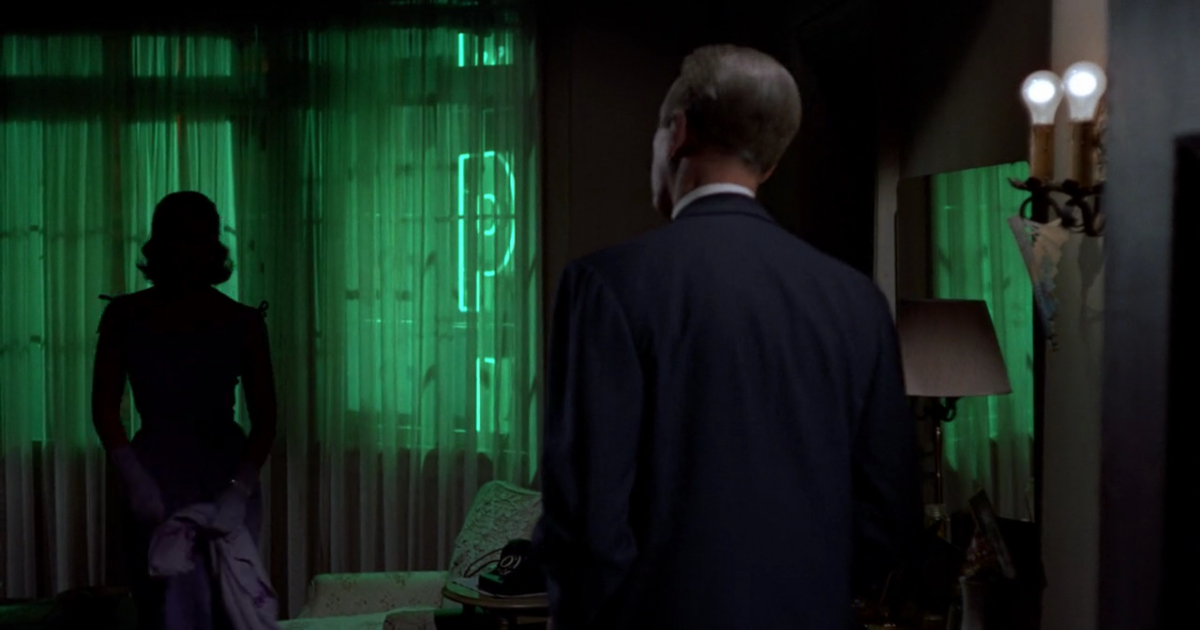Once each decade, Sight and Sound releases arguably the most important list of what are considered the greatest films of all time, curated by hundreds of directors, other filmmakers, and professional, lauded critics; this year, in 2022, they will release a new one. For the majority of the past half century, through many polls and critical reviews (specifically this influential Sight and Sound BFI poll), Orson Welles’ Citizen Kane (1941) was considered the 'best film of all time.' A film surrounding the mystery of mogul Charles Foster Kane’s final word, “rosebud,” and its meaning, Citizen Kane shot up lists for the innovative techniques it created that changed filmmaking forever.
From the non-linear storytelling, innovations in “green screen” tech, and cinematographer Gregg Toland’s new camera techniques (fish angle, the snow globe POV, etc.), it was almost considered a fact by almost everyone in and surrounding the film industry that Citizen Kane was the best film of all time. Citizen Kane first topped the spots in 1962 and continued to do so for fifty years. Fairly recently, however, another film has been rising up polls and lists and has even overtaken Citizen Kane as 'the best film of all time' in quite a number of polls. That film, from legendary director Alfred Hitchcock, is none other than Vertigo.
Vertigo took the top spot from Citizen Kane in Sight and Sound’s poll in the 2012 edition. Premiering in 1958 (17 years after Citizen Kane), Hitchcock's film was based on the book French book The Living and the Dead (or its literal translation, From Among the Dead) by Boileau and Narcejac. It was much less successful at the box office than other Hitchcock films and yet, more than 60 years later, critics and film theorists consider it his greatest masterpiece.
Vertigo follows Detective John Ferguson (played by Jimmy Stewart) as he is hired as PI to follow a man’s wife, who is acting strangely. Though not a critical success at debut, Vertigo shot up the Sight and Sound poll when it was re-released in the early eighties, and within thirty years of that re-release (2012 to be exact) took the top spot as the best film ever made. But why is Vertigo now considered the best film of all time?
The Creation of the Dolly Zoom Shot
Possibly the shot that stands out most from Vertigo, and of the more popular camera techniques created, is the dolly zoom shot. In the film, Detective John Ferguson is plagued by the titular condition, which causes the affected to have serious dizzy spells, along with the sensation of unbalance.
To show Ferguson’s vertigo in the movie, Alfred Hitchcock (with help from Irmin Roberts) created the dolly zoom shot, where the camera is moving backwards while simultaneously zooming in. It creates an uncomfortable feeling for the audience, and conveys a sense of unbalance and unsafeness. This was done for Detective Ferguson in Vertigo, and has become one of the more popular cinematic shots in film today, used countless times in the work of great directors like Spielberg, Scorsese, Jackson, De Palma, Tarantino, and many more.
Vertigo's Study of Character Psychology
In a modern era of antihero protagonists who are often morally corrupt and questionable characters, from Walter White to Dexter to the family from director Bong Joon-Ho’s Parasite, audiences are getting fairly comfortable with the idea of a deeper look inside more disturbed or ethically dubious characters. Though this wasn’t always the case, it's another reason why Vertigo is considered the best film of all time, and one which is studied by film theorists and psychoanalysts alike.
After the suicide of the woman he’s following, and other disturbing plot threads, Detective Ferguson falls into a deep pit of depression and obsession. He even ends up forcing his beloved to actually dress up as the supposedly deceased woman, to act like her and everything, going as far as to re-enact the alleged suicide of the wife. Audiences having to watch Ferguson’s descent into madness and obsession most likely felt uncomfortable and disturbed at the actions of the main character. Ferguson's not particularly likable, and his toxic obsession in a film which doesn't moralize or try to redeem him was a bold choice for a major film, especially one with the adored 'nice guy' 'everyman,' Jimmy Stewart.
The Mastery of Vertigo Tops Lists
Though Vertigo is praised for its deeper look into its main characters' psychology, and praised for the creation of the dolly zoom shot and its innovative camerawork, it’s really every component of the film and the way they're assembled that makes it considered 'the best of all time.' From the famous Bernard Herrmann score to the cinematography, the editing, the acting, and even the iconic title sequence by Saul Bass, it’s one of the few films on more than one of AFI’s film lists, with it being: #1 in Top 10 Mystery, #9 in their 100 Years...100 Movies, #18 on 100 Years…100 Thrills, #18 on 100 Years…100 Passions, and #12 on the 100 Years of Film Scores lists. Just being on one of those lists is a nice accomplishment, but being on multiple lists (and being top 25 on those lists) is another reason why critics and audiences alike consider Vertigo to be the best film of all time.
With its novel and groundbreaking camera techniques, its deep dive into the human psyche, and its near flawless creation, Vertigo overtook the spot held by the former long-reigning king of film, Citizen Kane (which also just lost its 100% Rotten Tomatoes score). Though it took over five decades to do so, and only in 2012 took first place, Vertigo has a chance to cement itself for another decade once the BFI conducts its latest once-a-decade Sight and Sound poll later this year. Not just this, but also the opportunity to cement itself into audience's minds for decades to come.

